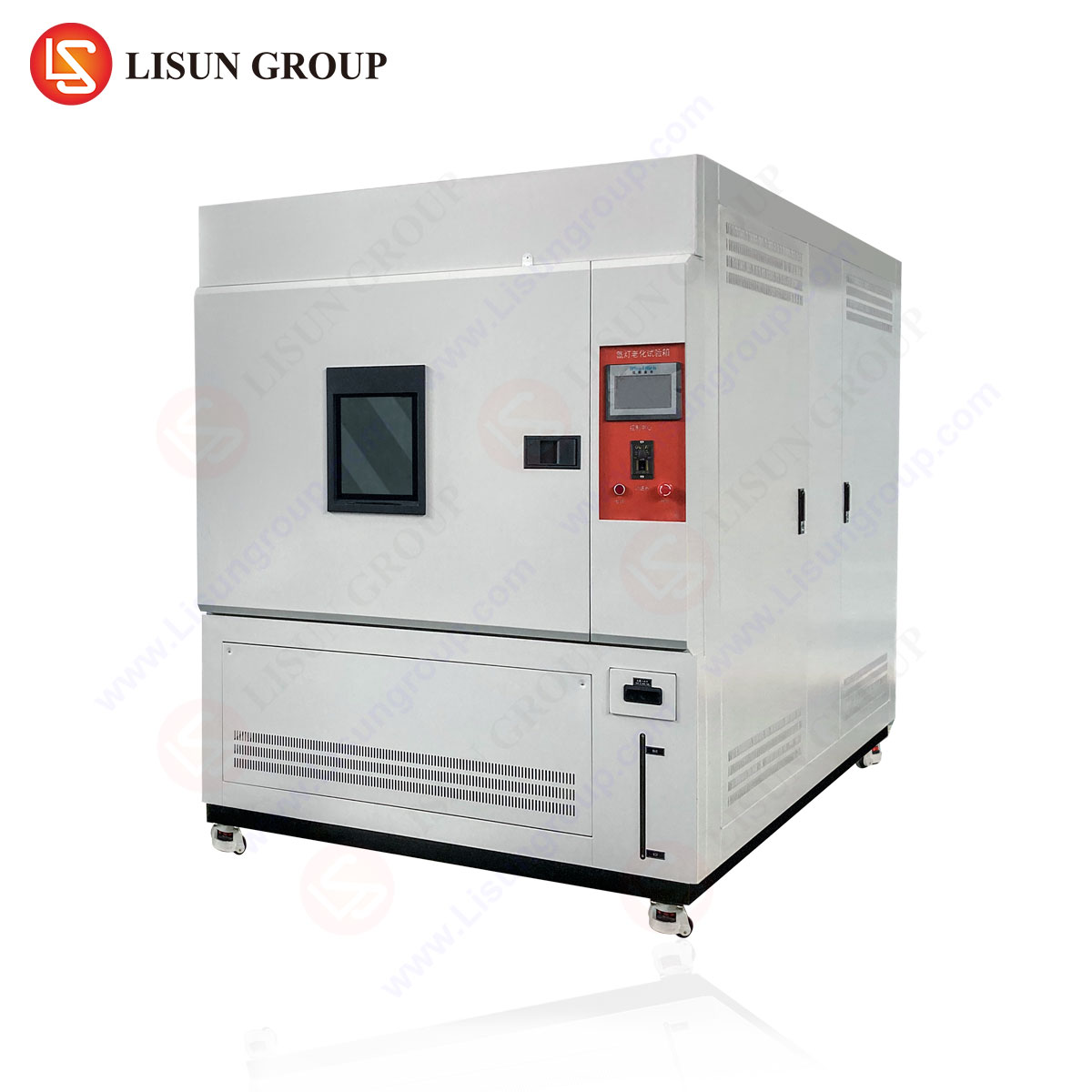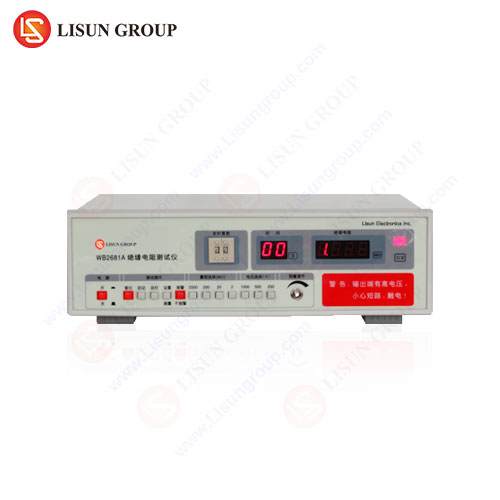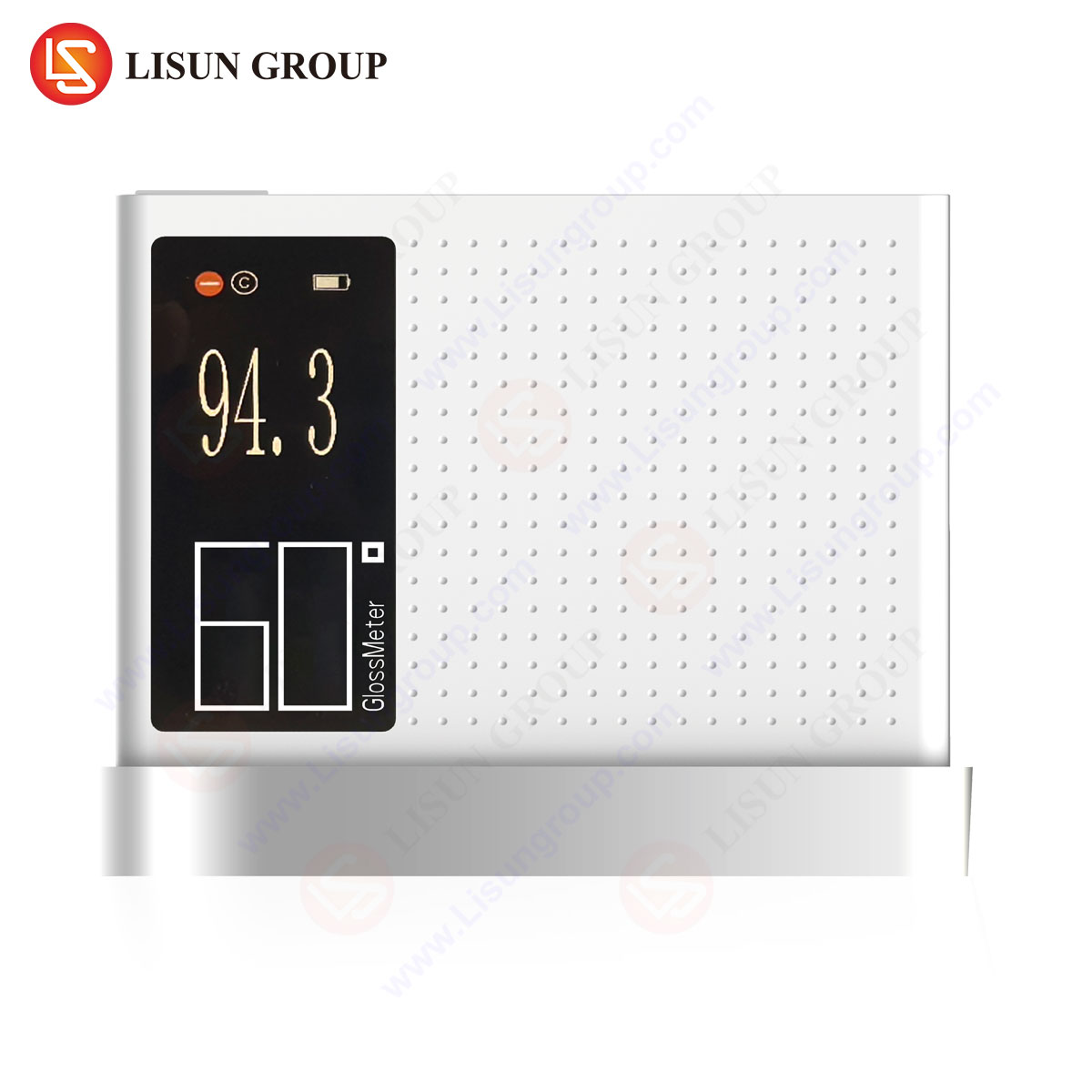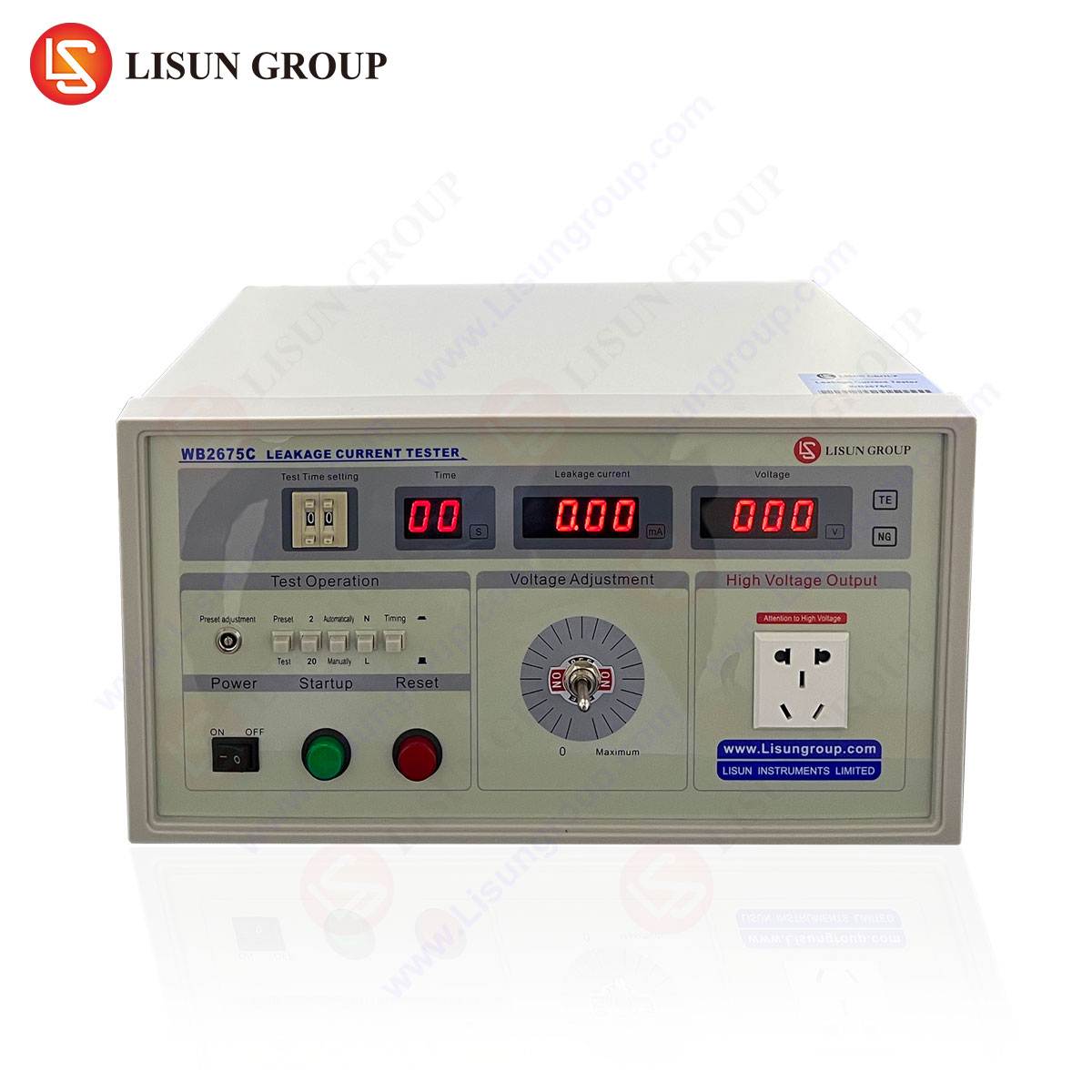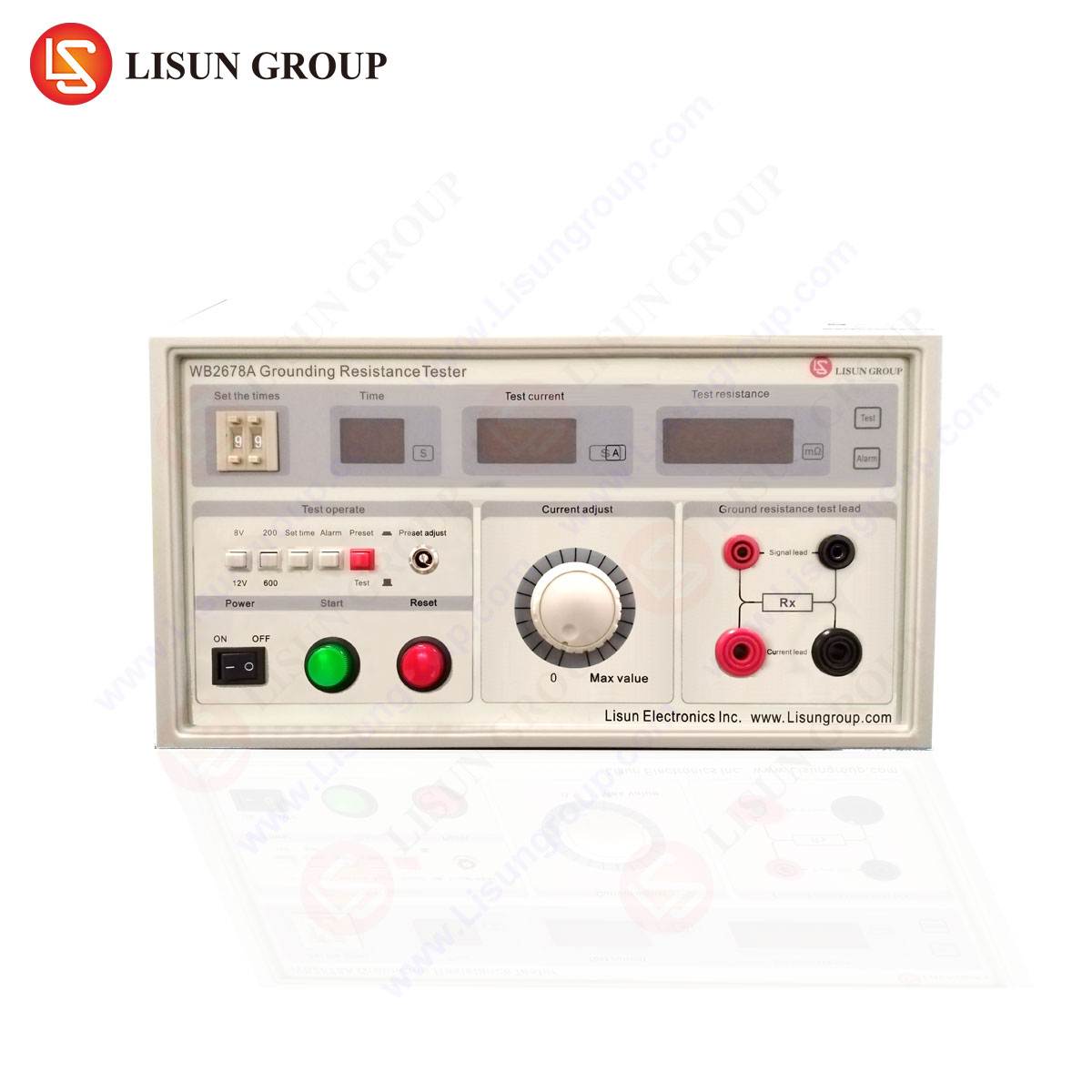Introduction to Withstand Voltage Testing
Withstand voltage testing, also known as dielectric strength testing or high-potential (hipot) testing, is a critical procedure in electrical safety compliance. This test evaluates the insulation integrity of electrical and electronic components by applying a high voltage between conductive parts and insulation barriers. The objective is to verify that the insulation can endure specified voltage levels without breakdown, ensuring operational safety and regulatory compliance.
El WB2671A Withstand Voltage Tester por LISÚN exemplifies advanced instrumentation designed for precision testing across multiple industries, including automotive electronics, medical devices, and telecommunications equipment. This article examines the technical principles, standards, and applications of withstand voltage testing, with a focus on the WB2671A’s capabilities.
Fundamentals of Dielectric Strength Evaluation
Dielectric strength refers to an insulating material’s ability to resist electrical breakdown under high voltage stress. During a withstand voltage test, a voltage significantly higher than the rated operational voltage is applied for a predetermined duration (typically 1–60 seconds). The test identifies weak points in insulation, such as air gaps, contaminants, or material degradation, which could lead to catastrophic failure in real-world conditions.
Two primary test methods are employed:
- AC Withstand Voltage Testing – Applies alternating current (AC) at power frequency (50/60 Hz) to simulate real-world stress conditions.
- DC Withstand Voltage Testing – Uses direct current (DC) for components sensitive to AC-induced capacitive effects, such as semiconductor devices.
El WB2671A supports both AC and DC testing modes, with a voltage range of 0–5 kV AC and 0–6 kV DC, ensuring adaptability across diverse applications.
Key Standards Governing Withstand Voltage Testing
Compliance with international safety standards is mandatory for manufacturers. Key standards include:
- IEC 61010-1 (Safety requirements for electrical equipment for measurement, control, and laboratory use)
- IEC 60601-1 (Medical electrical equipment)
- UL 60950-1/62368-1 (Information technology and audiovisual equipment)
- ISO 16750-2 (Automotive electrical and electronic environmental conditions)
El WB2671A adheres to these standards, incorporating programmable test parameters to meet varying regulatory requirements.
Operational Methodology of the WB2671A Withstand Voltage Tester
El WB2671A employs a microprocessor-controlled system to ensure accuracy and repeatability. Key operational features include:
- Voltage Ramp-Up Control – Gradual voltage increase to prevent transient-induced false failures.
- Leakage Current Detection – Monitors current flow through insulation, with adjustable trip thresholds (0.1–20 mA).
- Arc Detection – Identifies partial discharges or micro-arcing, critical for high-reliability components.
- Programmable Test Sequences – Allows multi-step testing for complex validation protocols.
A typical test sequence involves:
- Setting the test voltage and duration.
- Initiating the ramp-up phase.
- Monitoring leakage current during the hold phase.
- Recording pass/fail results based on predefined thresholds.
Industry-Specific Applications of Withstand Voltage Testing
1. Medical Device Manufacturing
Medical equipment must comply with IEC 60601-1, requiring stringent insulation testing for patient safety. The WB2671A ensures defibrillation-proof insulation in ECG monitors and surgical tools.
2. Electrónica del automóvil
Electric vehicles (EVs) demand high-voltage insulation validation per ISO 16750-2. The tester evaluates battery management systems, charging ports, and onboard electronics.
3. Household Appliances
Compliance with IEC 60335-1 necessitates testing for appliances like refrigerators and washing machines to prevent electrical hazards.
4. Componentes aeroespaciales y de aviación
High-altitude conditions exacerbate insulation stress. The WB2671A verifies avionics wiring and power distribution systems under simulated environmental extremes.
Comparative Advantages of the WB2671A
El WB2671A se distingue por:
- High Accuracy (±3% voltage output) – Ensures reliable test results.
- Cumplimiento de múltiples normas – Pre-configured test modes for IEC, UL, and ISO standards.
- User-Programmable Interfaces – Facilitates custom test protocols for specialized applications.
- Funciones de seguridad robustas – Includes overvoltage protection and emergency cutoff mechanisms.
Data Interpretation and Failure Analysis
A withstand voltage test failure indicates insulation defects, such as:
- Partial Discharge (Corona Effect) – Localized breakdown in high-voltage cables.
- Thermal Degradation – Overheating-induced insulation cracks in motor windings.
- Contaminant-Induced Leakage – Moisture or dust compromising PCB insulation.
El WB2671A logs leakage current trends, aiding root-cause analysis for quality control teams.
Sección FAQ
Q1: What is the difference between AC and DC withstand voltage testing?
AC testing evaluates insulation under real-world AC stress, while DC testing is used for capacitive components where AC could cause erroneous readings.
Q2: How does the WB2671A ensure operator safety during high-voltage testing?
It incorporates ground-fault interrupters (GFI), emergency stop buttons, and automatic discharge circuits.
Q3: Can the WB2671A test insulated cables and wiring harnesses?
Yes, it supports testing for cable insulation per IEC 60227 y UL 1581.
Q4: What industries benefit most from programmable test sequences?
Medical and aerospace sectors, where multi-stage validation is mandatory.
Q5: Is the WB2671A compliant with latest IEC 62368-1 standards?
Yes, it includes pre-set test parameters aligned with IEC 62368-1 for IT/AV equipment.


